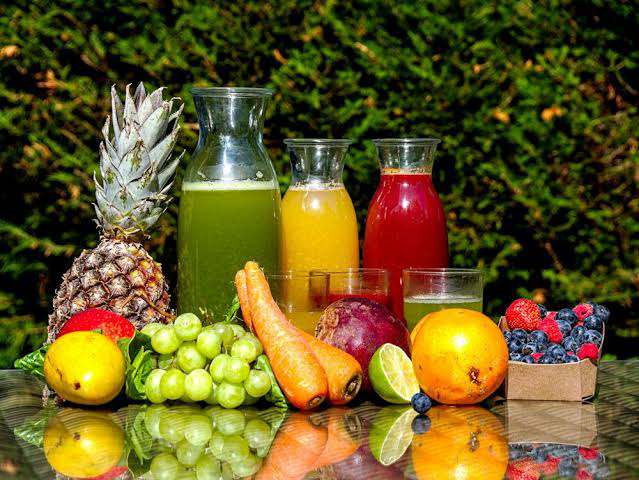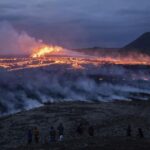Introduction:

In a sobering prediction, ClimateAI, a San Francisco-based climate resilience platform, warns that the changing global climate may soon place champagne, the iconic celebratory beverage, on the endangered list. Utilizing artificial intelligence-driven data, the company Climate Change Production suggests that key grape varieties essential to champagne production, such as pinot noir, chardonnay, and merlot, could be on the verge of extinction by the year 2050.
Kletter suggests that growers may be compelled to relocate their production to capture colder climates. Such a shift would not only alter the geographical landscape of Climate Change Production.
The Ticking Clock:

ClimateAI’s vice president of operations and strategy, Will Kletter, recently shared insights with Fox News Digital, expressing concern that champagne enthusiasts might face a scarcity of their favorite bubbly within the next three decades. Kletter emphasizes the delicate Climate Change Production balance required for champagne’s unique taste, which hinges on a cross-over of warm, sunny days for rich flavor and cool nights for an acidic, crisp finish.
impact the livelihoods of half a million champagne industry employees and the 24 million tourists who visit the region annually. The rich tradition and culture built around champagne in the Champagne region face significant challenges as the ideal climate zone moves away from them.
The Climate Conundrum:

As the global climate warms, the very conditions that contribute to champagne’s delectable taste may be compromised. Cool nights, essential for maintaining the beverage’s acidity, could dwindle, leaving growers in a precarious position. Kletter explains the dilemma faced by producers who Climate Change Production must decide whether to harvest early to prevent overripening or risk leaving grapes on the vine and potentially sacrificing acidity.
The implications of climate change on the champagne industry extend beyond the vineyards. Kletter notes a significant uptick in investments in sparkling products in the U.K., where the climate offers warm, sunny days with cool nights. This shift in production locations could lead to a broader economic transformation.
The Challenges Ahead:

The alarmingly small champagne harvest in 2021, the smallest since 1957, serves as a warning sign of the industry’s vulnerability to extreme weather events. ClimateAI’s predictions raise concerns not only about the availability of this beloved beverage but also about the economic stability of the region that relies heavily on its production.
Currently, champagne production is confined to the Champagne region of France, and any deviation from this tradition could have far-reaching consequences. French wine, which includes Climate Change Production champagne, accounts for a staggering $9.6 billion in exports, representing 16% of all global wine sales. The potential impact on the French economy is substantial.
A Changing Landscape:
The potential effects of climate change on the champagne industry extend beyond the borders of France. Kletter predicts a “very significant economic shift” as crops change, citing Italian regions as an example where the production of certain wines is already at risk. This shift could lead to a rebalancing of the wine industry on a global scale.
AI as a Beacon of Hope:
In the face of these challenges, ClimateAI offers a ray of hope through its AI-driven platform, ClimateLens. This technology combines AI, advanced learning, and data points from various sources to provide climate outlooks and forecasts for specific locations. Kletter emphasizes the platform’s ability to help clients forecast and ensure food crop resiliency for up to 50 years into the future.
Adaptation becomes crucial in the face of changing climate conditions. Kletter encourages growers to blend different grape varieties to create new versions of popular wine selections. In Bordeaux and Burgundy, for example, this might involve using new grapes to make Bordeaux wine. Additionally, growers can adjust their timing and employ specific methods to protect grapes from the changing climate.
A Counterpoint from the Scientific Community:

Not everyone is convinced of the dire predictions. Dr. Benjamin Cook, a climate scientist from NASA Goddard Institute for Space Studies and Columbia University, asserts that the extinction of grape varieties is not a credible conclusion. He suggests that while the Champagne region’s climate may become less suitable for certain grapes, areas further north might become more favorable, potentially improving production in those regions.
Conclusion:
The potential extinction of grape varieties crucial to champagne production is a stark reminder of the far-reaching consequences of climate change. Beyond the beverage itself, the economic and cultural impacts on regions like Champagne, France, are significant. As we face an uncertain future, the marriage of artificial intelligence and traditional agricultural practices may hold the key to adapting to a changing climate. Growers, policymakers, and consumers alike must collaborate to ensure the continued existence of this symbol of celebration in the years to come.





